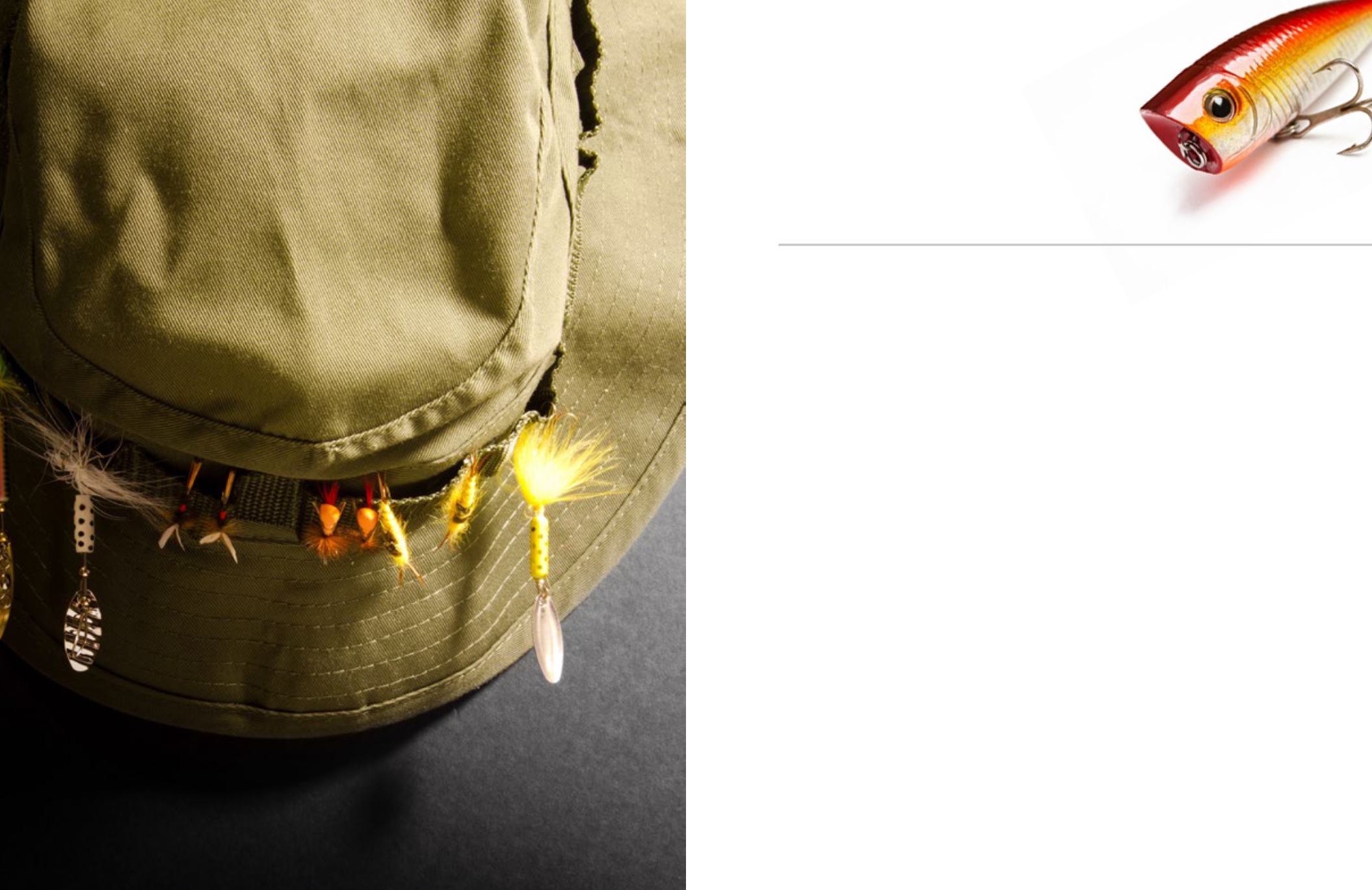
All summer long, folks catch bass at the
deep drop offs and in the shadows, and stripers
at the island near the dam and in the trees…
come September, it all changes. Usually around
September 1st, the temperature drops at least 10
degrees, signaling the fish that it is time to make
the trip up the lake and into the coves. Now they will
be in deep water, because that’s where the water
is warmer. Shallow water cools more quickly, so as
ambient temperatures go down, the water will be
warmer where it is deeper.
The lake is one big valley, so it’s best to fish the
center of the valley, where the water is likely to be
deepest. The fish will be moving almost all the time
during this transition.
If you are good with a fish finder, try fishing with
bait; you might find several stripers close together...
and then they may disappear suddenly, because
they are moving so much. Using a trolling motor to
fish with live bait is a tricky proposition, because it’s
difficult to stay with moving fish. You have to be really
good or really lucky to be successful.
In my experience, moving around with the gas
motor while using a fish finder is a much easier way
to find and stay with the fish. As you move, you can
follow them more easily than you can with a trolling
(electric) motor. This means trolling with the gas
motor very slowly, pulling artificial lures.
There several ways to troll with lures...
•
Outriggers
- These are two long poles that are
usually 15 to 20 feet long, carried on the boat in a
vertical position (like an antenna).
This allows you to swing these to the side of the
boat, thuswidening your fishing track by an additional
25-35 feet. Place your fishing rods (trolling rods-
about 6’ long with a medium tip) in rod holders on
the boat gunwales, and run the line from the rod out
to the tip of the outrigger pulling the lure thru a clip,
with the lure in the water. When the fish strikes the
clip releases the line and you are no longer attached
to the outrigger.
• Downriggers
- These mount on the gunwales
at the rear of the boat on each side. Each one has a
rod holder mounted on the aft side. They are called
downriggers because the line from your fishing rod is
connected to a weight on a clip and lowered into the
water by a cable. The object is to pull the lures right
above the fish. Typically, down rig anglers will troll
a weighted jig or a spoon; bucktails also work well.
You can also use a weighted jig with a green sassy
shad. This kind of fishing can be risky because of the
trees... keep a constant sharp eye on the fish finder
to know when you are coming into trees, so you can
pull the line up until you pass them. It’s a good idea
to carry a “plug knocker” with you. It’s a great tool
for to knocking a snagged lure loose from a hang-up.
• Lead core line-This is a colored line that is
filled with lead and is color coded to indicate the
depth of the line. Run the same lures on lead line
that are used for the downriggers. You must use a
large conventional reel that can handle lead line (see
Fisherman’s
Almanac
by Bob King
Fall Fishing: The “cool” way to land the big ones
9


